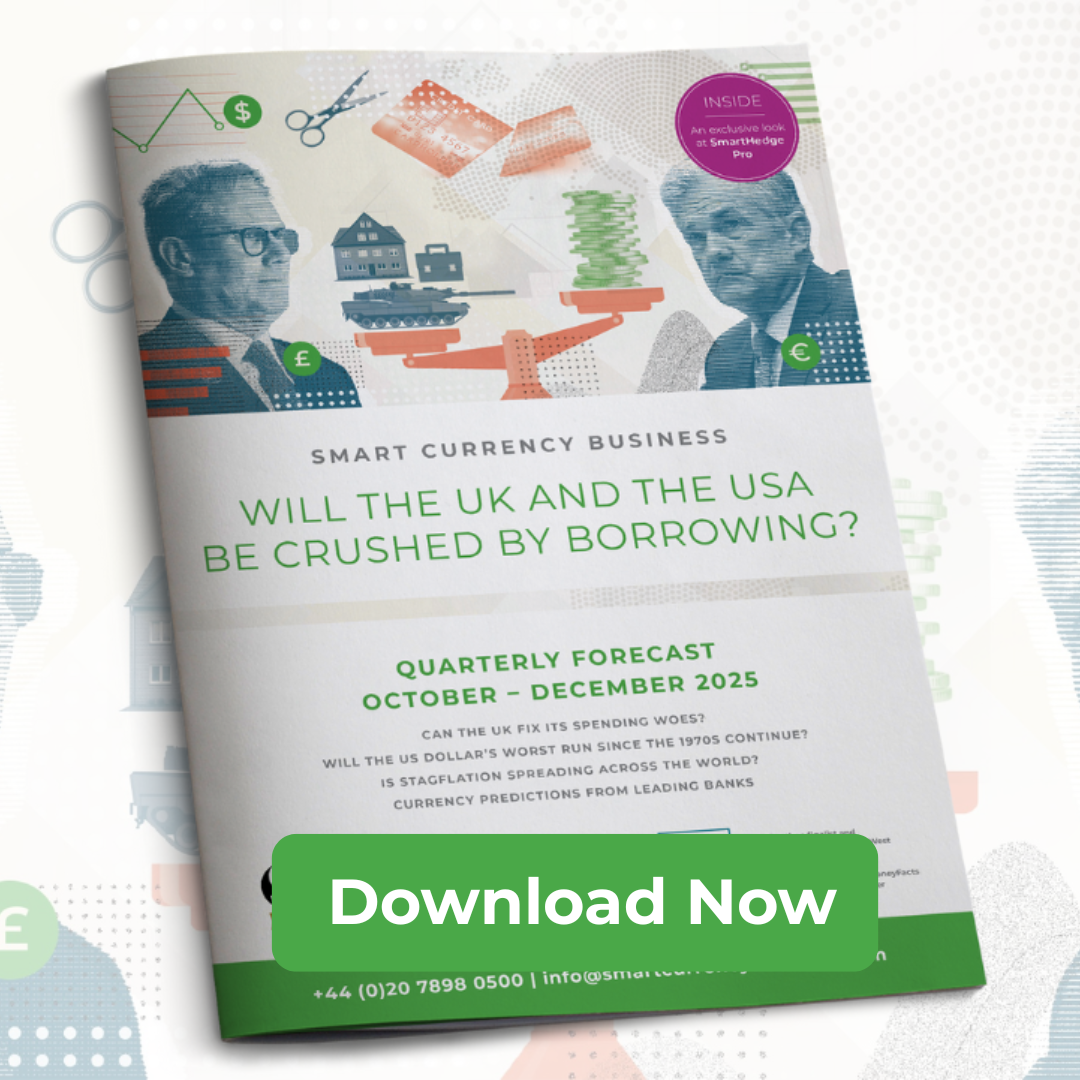In the end the Federal Reserve maintained their position of caution by keeping the US interest rate on hold until there is greater certainty that an interest rate rise will not derail the US economy. Even though this was ultimately as expected, the US dollar continued to weaken against sterling, a trend that had started last week. Against the euro the overall trend is sideways for sterling but this weekend’s Greek election could act as a catalyst to push it one way or the other depending on the outcome.
A tough start to the week saw sterling struggle on Monday, losing ground against the US dollar whilst tracking largely sideways against the euro. Tuesday brought confirmation that inflation had fallen back down to 0% throughout August; while this was mostly in line with the forecast, sterling struggled across the board and poor data from both Germany and the US passed by largely overlooked. Wednesday, however, sparked a turning point for sterling, as unemployment fell to match the recent six-year low of 5.5% throughout August. With average earnings also rising faster than expected, sterling reversed its recent poor form, and reached the highest level in three weeks against the US dollar. The British currency was able to hold onto this strong position on Thursday as retail sales figures grew by 0.2% throughout August – and was even able to extend these gains against the US dollar ahead of the Federal Reserve’s interest rate decision in the evening.
Today sees the release of the Bank of England’s quarterly bulletin. This statement includes commentary on market developments but, with some sections already released early, this is likely to have a muted effect.

 020 7898 0500
020 7898 0500